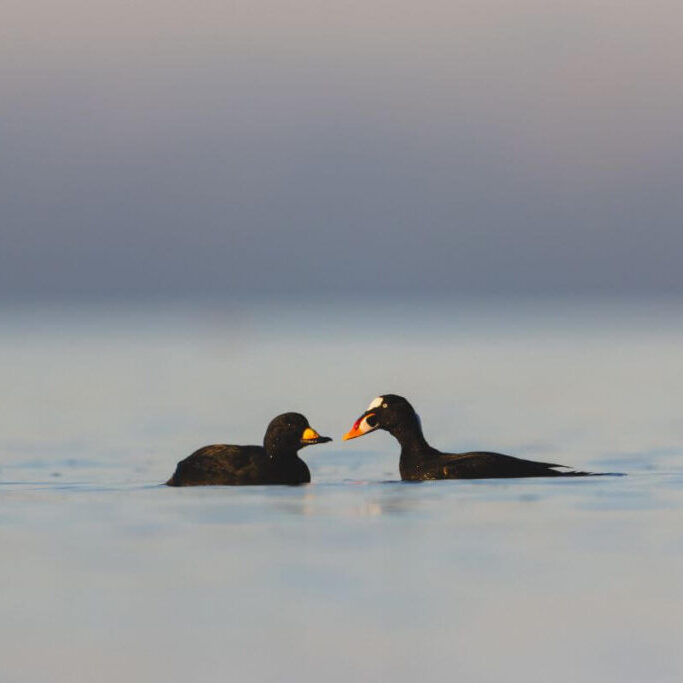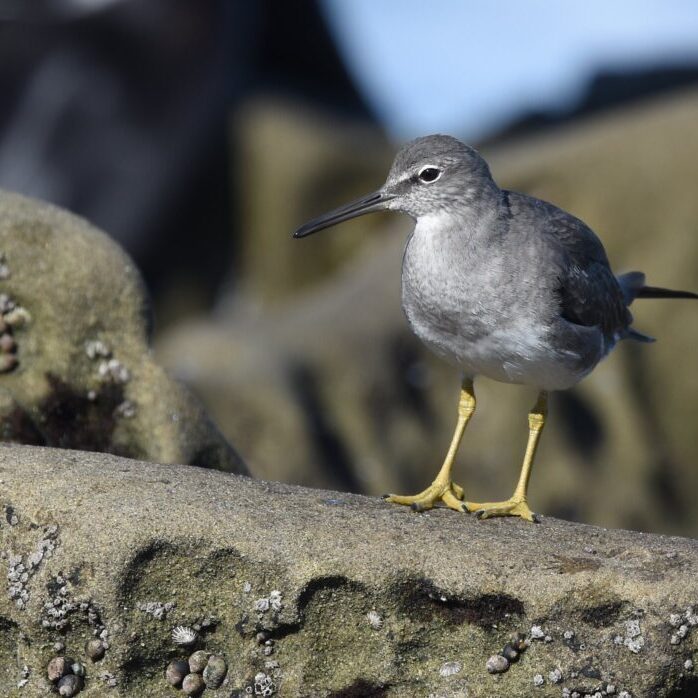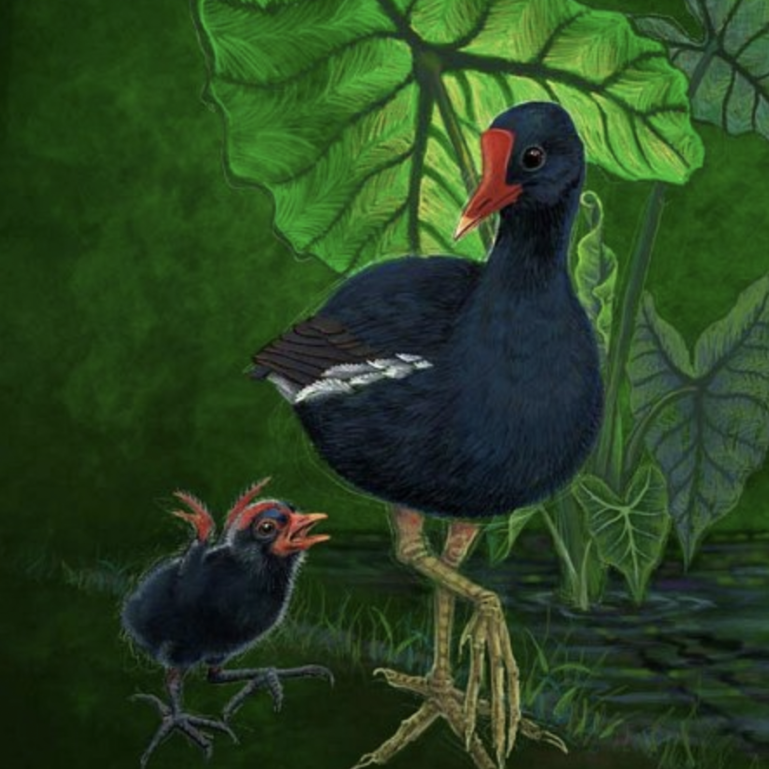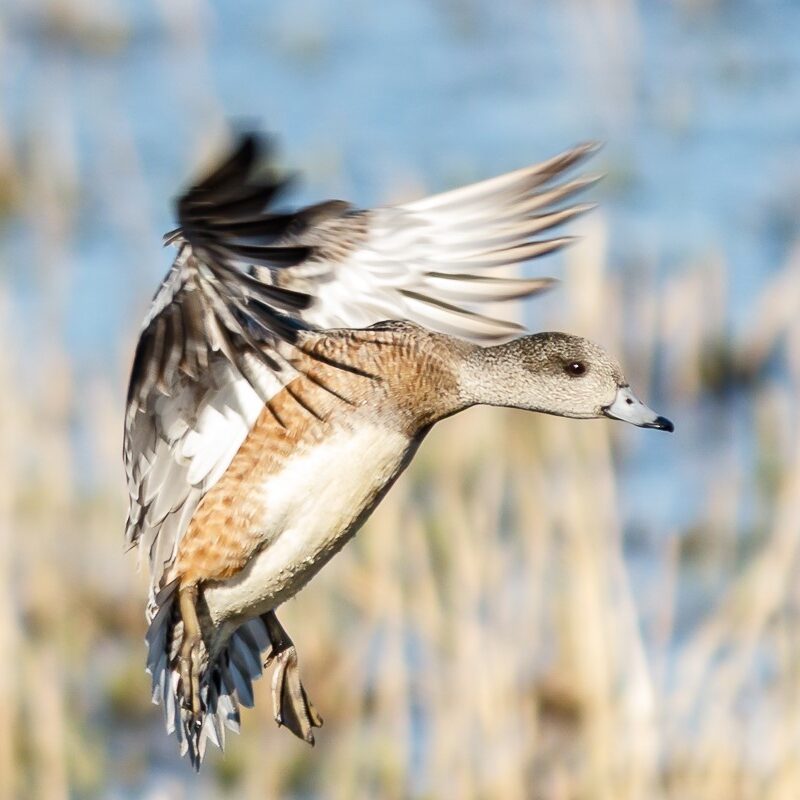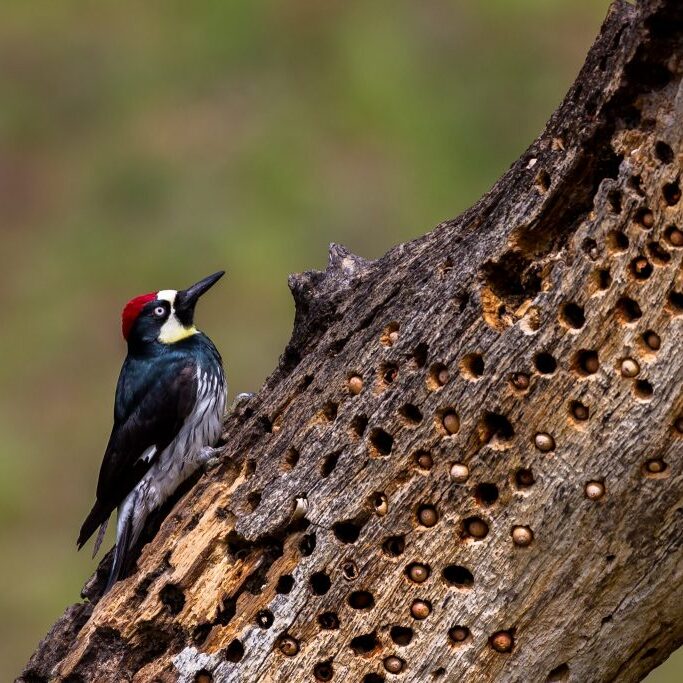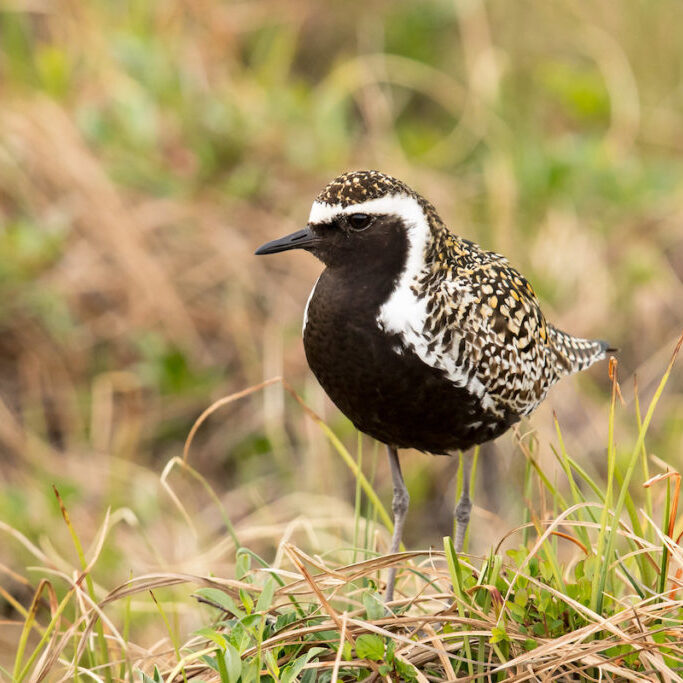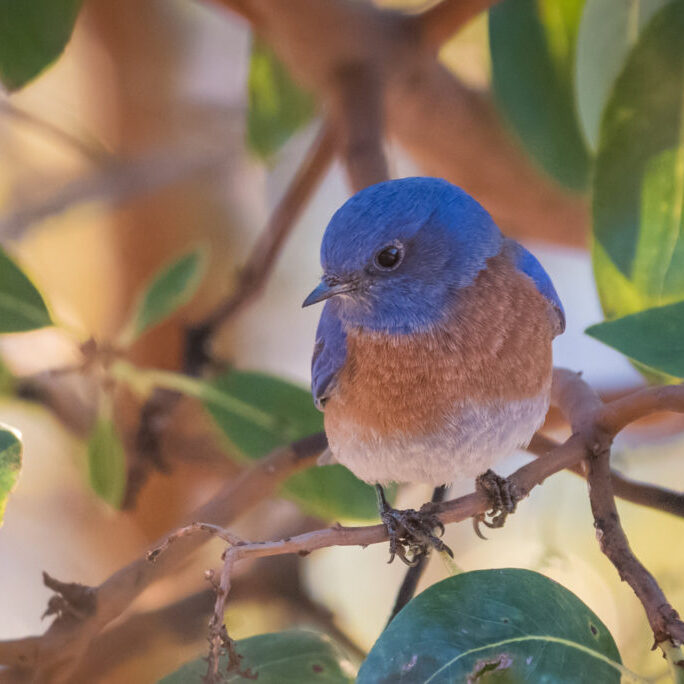Our Diverse Bird Life
The Pacific Birds region encompasses many habitats and multiple migratory flyways. Our boundaries are expansive because of the rich and diverse birds that travel our migratory flyways.
From endemic waterbirds in Hawai'i, and threatened oak and prairie woodland species, to the millions of migratory birds in wetlands from Alaska to California, our partnership works on all fronts – keeping common species common and taking strategic action for endangered or threatened species.
Priority Species
Our priority species were selected by reviewing the status of each bird species occurring within the Pacific Birds geography in each of our priority habitats and establishing a list of priority species for conservation action alongside partners. Specific criteria vary across priority habitats and locations. Please see the Strategic plan for each region for further information.
Coastal Wetlands in the Pacific Northwest & Alaska
*subspecies or subpopulation of conservation concern
AK, CA: occurs only in Alaska or California within continental JV
Coastal Wetlands and Riparian Forests in British Columbia
Wetlands in Hawai‘i
Oak and Prairie in the Pacific Northwest
The State of Our Birds
The North American Bird Conservation Initiative’s State of the Birds reports provide an overview of how North America’s birds are doing. Each of the reports has a special focus.
To learn more about regional population trends, and the conservation status of bird groups or species, visit our Resources page.
Take Action for Birds
The Pacific Birds partnership works hard to help birds. Collectively our partners are learning about migrations, population dynamics, and the habitats birds need. We follow up by helping partners conserve those habitats.
But anyone can make a difference for birds by following some bird-friendly guidelines and taking some simple actions from home.
Click on the image to learn more.
Meet Some Of The Birds We Are Safeguarding
Data and Ducks: Developing and compiling transboundary avian data for sea ducks in the Salish Sea
A new data project led by Birds Canada aims to increase usage and access to relevant sea duck data through the creation of a new transboundary dataset and website.
Wandering Tattlers Are Working Their Way North
While millions of birds are winging their way north via the Pacific Americas Flyway, the Wandering Tattler uses at least one additional flyway, traveling the vast Pacific to reach northern breeding areas.
ʻAlae ʻula – the Bird that Brought Fire
Some birds in Hawaiʻi are exceptionally challenged by multiple conservation threats. Learn about one bird that directly benefits from the conservation work of our partners: the endemic ʻalae ʻula.
American Wigeon
Millions of American Wigeon are on the move to their breeding habitats in Alaska and Canada. Learn more about these relatively secretive dabbling ducks.
Meet the Kickboxer (‘alae ke‘oke‘o) of the Hawaiian Islands
Meet our latest Featured Bird, the ‘alae ke‘oke‘o or Hawaiian Coot. It is an endangered waterbird native to the Hawaiian Islands and sometimes referred to as the “Kickboxer”.
Acorn Woodpeckers and Oaks Go Together
Meet the Acorn Woodpecker, a communal and resident species in oak woodlands (or in urban or residential oaks) in the Pacific Northwest. Their iconic waka-waka call was the inspiration for the raucous call of Universal Studio’s Woody Woodpecker.
Pacific Golden-Plovers Connect Us
Pacific Golden-Plovers are migratory shorebirds that breed in Alaska and Siberia. There is a strong Hawaiʻi-Alaska connection for a subset of the global population, with birds traveling about 3,000 miles non-stop across the Pacific–round-trip, each year!
A Season of Saw-whet Owls
Photographer Fredrik Norrsell set up a nest box for Northern Saw-whet Owls in the winter of 2016. Three years later it was occupied and he was putting in long hours photographing them.
Western Bluebird
We often hear about birds with marathon migrations. Our new featured bird is the Western Bluebird, which doesn’t hold a candle to migrants traveling the world. But it is a colorful burst on landscapes across the west.
See the habitats our birds need to thrive.

Caspian Tern
Mick Thompson © Creative Commons

